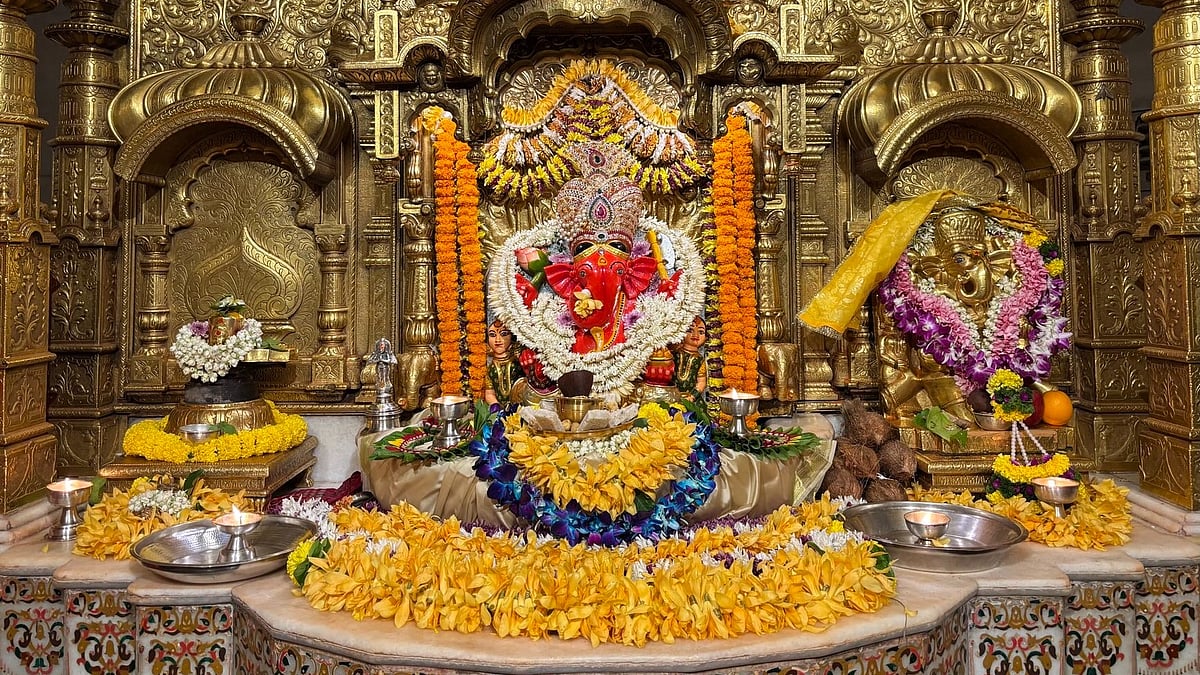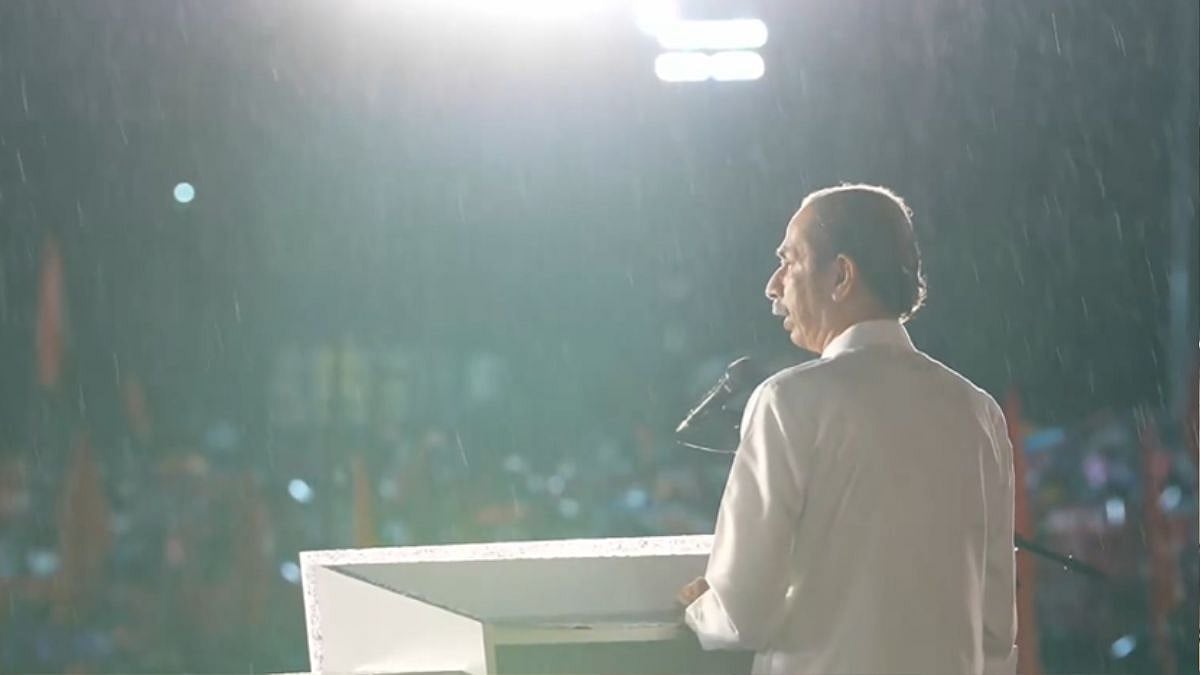Celio has been a brand on the young urban working man’s mind ever since its launch in India. We sat down with Rajiv Nair, CEO, Celio* this week to give us the latest details on their establishment, deployment and future in India. On asking some key questions we got all we needed to get a closer look into this brilliant brand.
Q. How did the Celio Business Venture commence?
A. Celio is one of the largest apparel brands in France and runs about 500 stores. The brand occupies about 17% of the market share of France in men’s wear. Celio started off in 1985 as a brand and in 1992 had their first international store, today Celio has a 1000 stores globally and is a company which has operations in about 65 countries. We manufacture almost 4 to 5 crore garments in terms of units across the globe. India was a venture that they started off in early 2009. 3 years ago the government of India changed the rules and said single brand retail could get down to 100% FDI so we were probably one of the first companies to apply for 100% FDI in India. Celio takes the controlling stake in the company, so from a 50-50 joint venture in 2008 up to 2012 it went up slowly to 65% and now sits at a 97% ownership by the French company.
Q. What in your opinion is the potential of the Indian market in terms of size, and what goals have you setup for your venture to achieve the same?
A. There are two types of business in India if I had to broadly classify – one is the big box hypermarket retail or departmental store retail and then there is speciality retail. Now in speciality retail and especially apparels speciality retail, the market has evolved over the past 20 years. The biggest of the brands today are about 1000 crores odd in terms of size and they have taken about 22 years to reach there. Currently most brands would be growing anywhere between 15% to 25% average on an organic basis (year on year growth) but on certain brands having gone through franchise and other routes I wouldn’t be surprised if brands are getting an average of 10% to 50% growth today only because they are growing inorganically through the franchise model. Another problem faced is infrastructure. We haven’t seen a huge rise in infrastructure in the last 20 years in India. Hence international brands tend to thrive on high streets. And even in such cases India has not even a handful of about 2 or 3 core high streets in every city.
Q. How does your competitive landscape look like and how are you positioning yourselves?
A. It’s one of the biggest challenges that we face. It’s not enough in a market like India to just purely be a good store, a good service and a good product. 3 years ago when I joined the company we decided that the consumer should clearly understand what Celio stands for as there was some confusion. This was mainly caused as the Indian consumer did not indulge in travelling to continental Europe to that extent in the last 15 to 20 years. Things have changed now. But this was the major reason as to why they are more familiar with British and American brands, but nothing in between. So when Celio came to India, the consumers largely did not know of our background. Our first important step was brand building.
Our positioning in France was around the concept of “Life Enjoy”. It translated to the Celio man being a fun loving, relaxed individual. But in India we focus on the fact that people like to make their own statement. We believe India is largely a country of smart followers and there is an evolution happening within individuals or within people. So, we coined the term “Effortless Style” along with India specific logo.
Q. How is your team developing and implementing an effective talent management strategy plan?
A. The whole head-count of the company is about 400 people. I think one of the things that I learnt a long time ago is that retail is a business about people, product and processes. My past experiences actually gave me sort of an ability to actually look at the fact that the more the company focuses on people the more the final output is better. Our primary goal in business is to build a good culture and a good climate within the company. To give you an example, We identify about 30 employees every year that are sales or senior sales people and actually bring them into a back office program called the Operations Management Training which is a combination of ‘On-The-Job Practices’ as well as a few theoretical inputs that we provide.
We have about a bulk of people, sometimes even the store managers who have dropped out of college and schools. Today we sponsor the education post HSC for deserving students. There are some work criteria’s in terms of their last 3 appraisals, so if they are “A” rated employees for the last 2 or 3 appraisals we pay for their education for graduation.
Q. In which areas are you actively looking for partners?
A. The key areas are franchise and distribution as well as digital. I think these are the two primary areas where we are looking for critical partnerships. I do not foresee physical retail dominance as the only way of expanding foot prints in the country.
We are in the 5th year of operation and we believe that there is a long way to go for us in order to get a foot print in the market. E-commerce is taking the country by a storm, even in the smallest of cities. Hence our digital play will be of importance.
Q. What are the key challenges for you in store operations & customer service strategy?
A. Our primary goal has been to run the business on our own, and until now we have 360 degrees of the business under our control. People don’t look at retail as a high point or career goal. Unfortunately we cannot control the number of hours our employees work like the roster system used internationally.
We want to convert at least a few of these opinions. That was our main objective behind the 30-Man-Operation Management Training program. It gives them a sense that in a span of merely two years you could be working for a brand like Celio as a store manager. A store manager’s salary is at least 3 times what a normal sales guy can earn in a store.
It is commonly seen that Indians more generally have a faster pace of aspirations. Realistically, on an international level it would take an individual at least 15-20 years to become a regional manager. On the other hand, in India, importance is laid more on achieving that position within a span of 6 years. Hence there is no concentration on the quality. The primary focus factor is recording growth in one’s profession every year.
So I think one of the things we want to do is Progressive Mentoring.
Q. What innovation have you learnt from the Indian market and where have you incorporated this?
A. I think India’s movement towards the digital side of things is not only surprising but also impressive. Even the Celio head office finds it astonishing. In international markets, brands get about 5%- 6% from e-commerce, or maybe even lesser. The best of brands today are engaging about 20-25% business in e-commerce. Major French brands do about 2-5% business through e-commerce while Celio (France) does about 3-3.5 %, however, in India we are already doing 10%. This is primarily because the access to stores in India is lesser, and e-commerce now plays a larger role in the country. Hence after France developed its website Celio.com, the first country that they deployed a country specific website to was India, under Celio.in For now our entire collection is available on the website, and look forward to do transactional business through it in the future as well.
Q. Some details on the retail supply chain and how it impacts the demand planning process?
A. Long-term planning helped us keep our inventory lean. By creating a flexible system, we ensure the inventory is closest to customer as and when required. In the initial days, error margins during forecasting & planning used to be high and we were able to liquidate only 75% stock. Today, we clear of close to 88-90% stock with about 10% error margin. Secondly, to maintain good accounting practices, we have an inventory write-off policy, wherein after every 3 seasons entire (carry-forwarded) inventory gets written off into 0. This is something we cannot afford. Since 2008; there have been lull periods when even biggest retailers did not grow by more than 5-7%. Demand planning becomes challenging in such situation wherein unforeseen spikes-dips happen and inventory gets stuck. In addition, Indian tax law is complex and you cannot withdraw the entire inventory and move it within channels. In future hopefully if simpler taxation rules are in place, we can actually start optimising the inventory within region as per demand.
(Interviewed by Dr. Srini.R.Srinivasan, Associate Professor at Jamnalal Bajaj Institute of Management Studies (JBIMS), University of Mumbai, for Uber Content)





